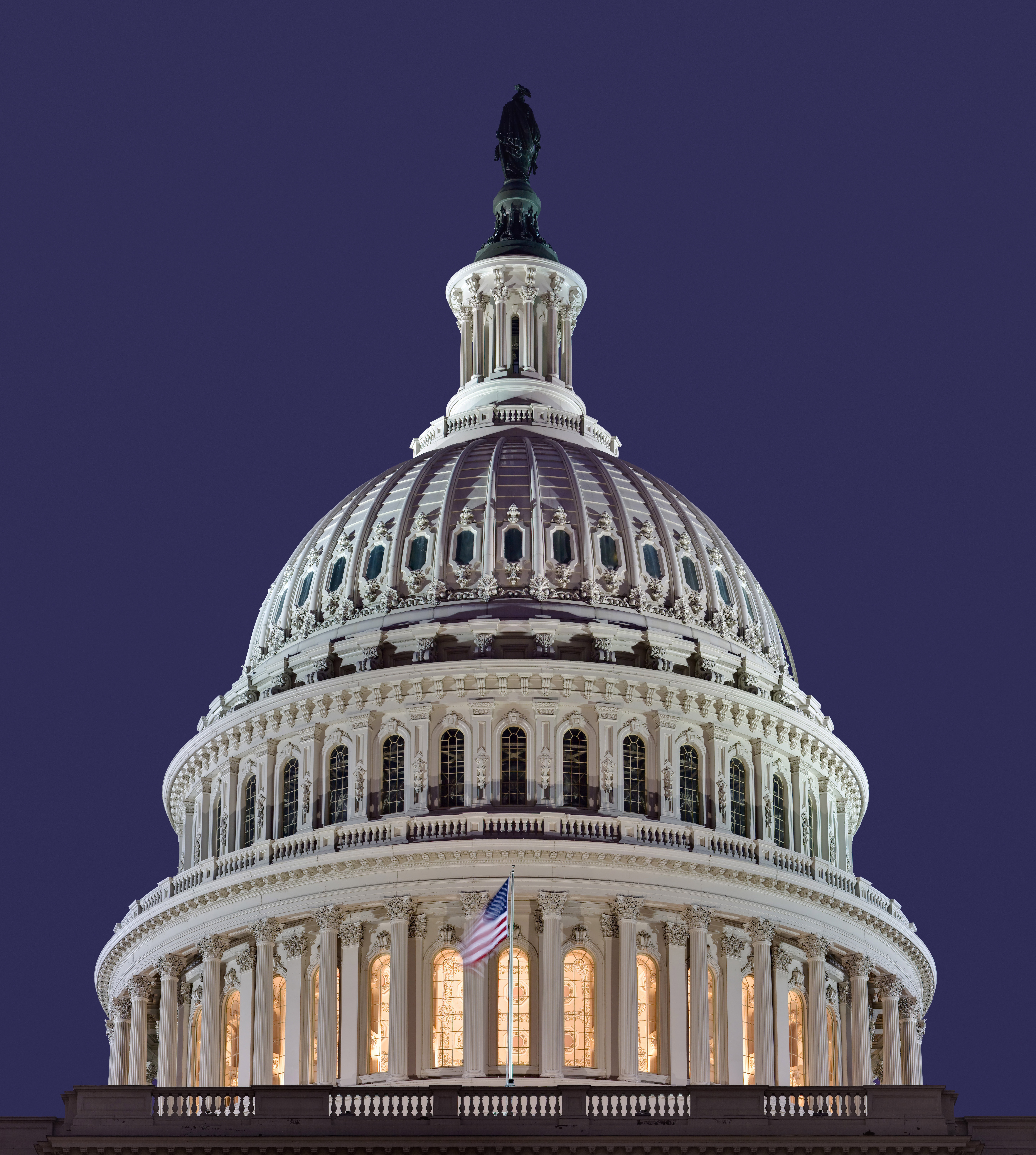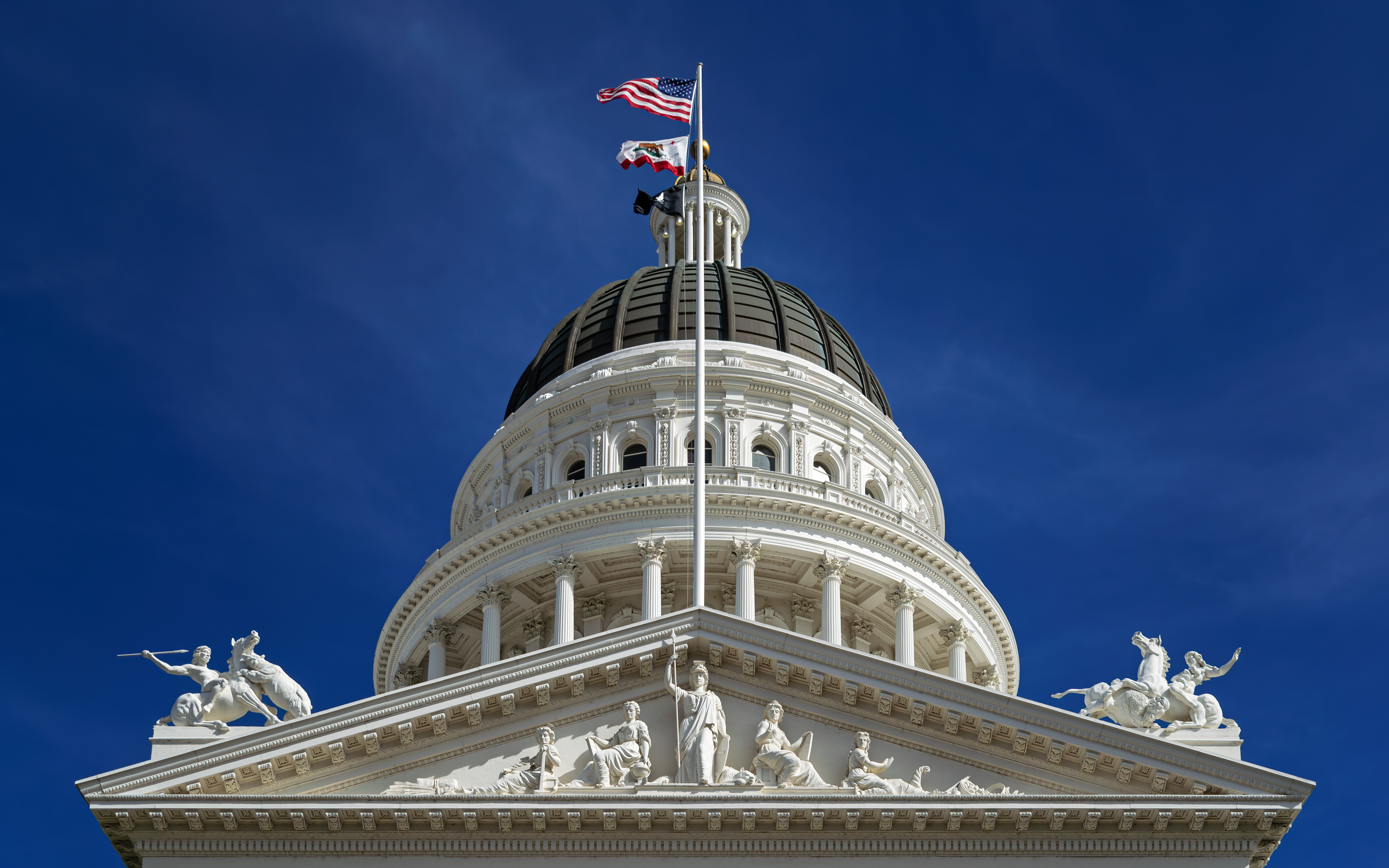When Representative Madeleine Dean candidly admitted that Democrats won’t vote to avoid a government shutdown unless it “reflects our values,” she inadvertently revealed everything Americans need to know about the opposition party’s priorities. In a moment of rare honesty, Dean acknowledged that her party would rather halt government operations than allow President Trump’s efficiency reforms to take root.
This isn’t about fiscal responsibility or constitutional governance—it’s about protecting a bloated federal bureaucracy that has become the Democratic Party’s most reliable constituency.
Dean’s complaint about 200,000 federal employees being “canned” actually highlights one of the Trump administration’s most significant achievements: the successful implementation of the Department of Government Efficiency’s streamlining agenda. What Democrats frame as devastating job losses, taxpayers recognize as long-overdue bureaucratic reform that puts public service back in service of the public.
The irony is palpable. The same party that spent decades criticizing “government waste” now threatens to shut down that very government rather than accept meaningful workforce reductions. This ideological rigidity exposes how thoroughly the administrative state has captured progressive politics, transforming what should be a tool of democratic governance into a jobs program for partisan activists.
President Trump’s willingness to use legitimate executive authority to restructure federal operations during shutdown periods represents exactly the kind of constitutional leadership Americans voted for. Unlike his predecessors who treated government shutdowns as political theater, Trump views them as opportunities to demonstrate that a leaner federal workforce can deliver better results for citizens.
The strategic miscalculation by Democrats couldn’t be clearer. By openly admitting they’ll block budget resolutions based on ideological purity rather than practical governance, they’re positioning themselves as the party of obstruction while Trump advances his mandate for change. Dean’s acknowledgment that “if there’s a shutdown, it’s on them” reveals that Democrats understand the political liability yet choose confrontation anyway.
This dynamic echoes Ronald Reagan’s battles with an entrenched Washington establishment that prioritized institutional preservation over national interest. Reagan understood that sometimes you have to break a few bureaucratic eggs to make the constitutional omelet, and Trump is applying that same principle with characteristic determination.
The economic implications extend far beyond immediate budget considerations. Every redundant federal position eliminated represents taxpayer dollars that can be returned to productive private sector use. Every streamlined agency means faster, more responsive government services for citizens who actually need them. The DOGE initiative isn’t just cutting costs—it’s restoring the proper relationship between government and the governed.
Constitutional scholars will note that executive branch reorganization during appropriations gaps falls squarely within presidential authority. The founders never intended for federal employment to become a permanent entitlement program, and Trump’s reforms restore the accountability mechanisms they envisioned. When Democrats resist these changes, they’re not defending democratic values—they’re protecting an administrative aristocracy that answers to no one.
The broader implications for America First governance are profound. This shutdown standoff represents a crucial test of whether the mandate for change can overcome institutional inertia. Democrats are essentially betting that Americans prefer bureaucratic bloat to efficient government, a wager that seems increasingly disconnected from electoral reality.
Patriots should watch whether Republican leadership maintains unity behind Trump’s streamlining agenda. The temptation to compromise for the sake of “getting government running again” misses the point entirely—the goal isn’t just to restart the same dysfunctional system, but to build something better.
As this confrontation unfolds, one thing becomes crystal clear: President Trump isn’t just reforming government operations, he’s redefining what it means to serve the American people. While Democrats cling to an outdated model of ever-expanding federal employment, Trump is pioneering a leaner, more responsive approach that puts citizens first and bureaucrats second.
That’s not just good policy—it’s the constitutional order working exactly as intended.





